Tea culture, with its profound heritage and rich essence, has been cultivated over centuries. If you plan to enjoy tea yourself or serve it to friends and family, you need to master the art of brewing it. Some might say, "Isn't it simple? Just throw some tea leaves in a cup, add hot water, and the tea is ready!"
Stop right there! A professional tea brewing process is far more intricate. So, what exactly does a complete tea brewing procedure entail? Allow me to walk you through it step by step.
The process of brewing tea in daily life can be broadly divided into these six steps.
High-Quality Tea Leaves
Visually inspecting the shape and color of the tea leaves helps to identify the type of tea. However, a more detailed assessment involves using your senses to evaluate the tightness of the leaves, their size, the degree of rolling, and the level of withering. Based on your understanding of tea, you can then select the appropriate brewing method.
- Green Tea: Mostly yellow-green with a touch of emerald.
- White Tea: Covered in fine white hairs, appearing predominantly white.
- Yellow Tea: Pale yellow, plump, and straight leaves.
- Oolong Tea: Green leaves with red edges, thick and curled.
- Black Tea: Dark gold, fewer tea buds, with a sweet aroma.
- Pu-erh Tea(Dark Tea): Glossy dark color with a unique aged fragrance.
High-quality water
To brew a perfect cup of tea, it is essential to start with the right water. The fundamental principle for tea brewing is to use soft water. Purified water, mineral water, and filtered water are all suitable choices for making tea.
The water used for brewing tea must be boiled. Even if the ideal brewing temperature is 85°C, you should first bring the water to a boil (100°C) and then let it cool down to the desired temperature.
Appropriate Tea Ware
Choosing the right tea ware should be based on the type of tea you are brewing. Gaiwans and teapots are versatile and suitable for a wide range of teas. With regular practice, you can master their use for most tea types.
For personal use, a convenient all-in-one tea maker is ideal. In social settings, traditional Chinese tea sets or Japanese tea ware can add a sense of ceremony. It's important to note that green tea is typically best brewed in glass vessels.
Appropriate amount of tea leaves.
Some teas are small and flat, or tightly compressed, and a little goes a long way. Others are bulky and fluffy, appearing abundant but actually quite light, requiring nearly half a teapot to reach the right amount.
Thus, using the "volume-based method" to measure tea leaves according to their shape is a convenient approach. You can adjust the amount based on personal taste and specific circumstances, with the volume-based method serving as a guideline.
For a single brew, the amount of tea needed can look vastly different depending on the tea's form.
Optimal Water Temperature
At the same concentration, tea brewed at a higher temperature will be stronger, while tea brewed at a lower temperature will be milder. Delicate tea leaves should be brewed at a lower temperature to avoid scalding them, whereas more robust, mature leaves can be brewed at a higher temperature to release their aroma and flavor.
When tasting tea, first inhale its fragrance. Once the tea has cooled slightly, you can savor its taste.
Recommended brewing temperatures for different types of tea:
- Green Tea, Yellow Tea, Black Tea: 80-90°C
- Oolong Tea, Pu-erh Tea, Dark Tea: 100°C
- White Tea: Delicate white tea at 80-90°C; Aged white tea at 100°C
Optimal Brewing Time
To bring out the best flavors of tea, the infusion duration must consider the type of tea, its form, and the number of infusions.
As the number of infusions increases, the required brewing time also lengthens. For instance, with black tea, the first infusion should steep for about 3-5 seconds, allowing for a quick pour. Subsequent infusions should extend the steeping time by 3-5 seconds compared to the previous infusion.
If the tea leaves are more fragmented, they release their compounds faster, necessitating a shorter steeping time to avoid bitterness. For tightly compressed tea cakes, the leaves may not fully unfurl during the initial rinse, requiring longer infusion times.
Tasting tea is not the same as evaluating tea. In our daily tea brewing, we can choose the flavor based on the situation and our mood at the time. It is not necessary to chase after expensive tea or to be overly strict about brewing techniques. As long as you can enjoy the moment and the pleasure of having tea in your life, that cup of tea is perfect.
Ultimately, the joy of tea lies in finding what pleases your palate. The more tea you brew, the more skilled you become. The more tea you drink, the deeper your understanding of it grows.
May everyone become adept at brewing tea and find the perfect cup that suits them.

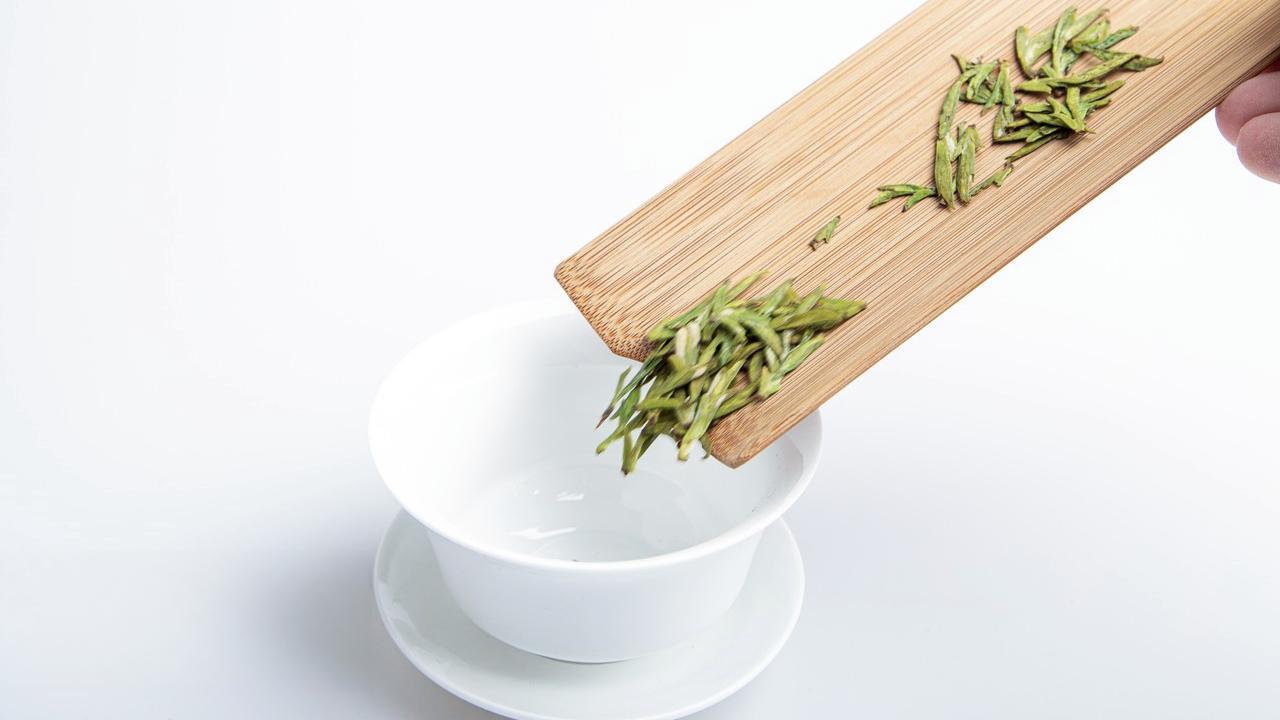

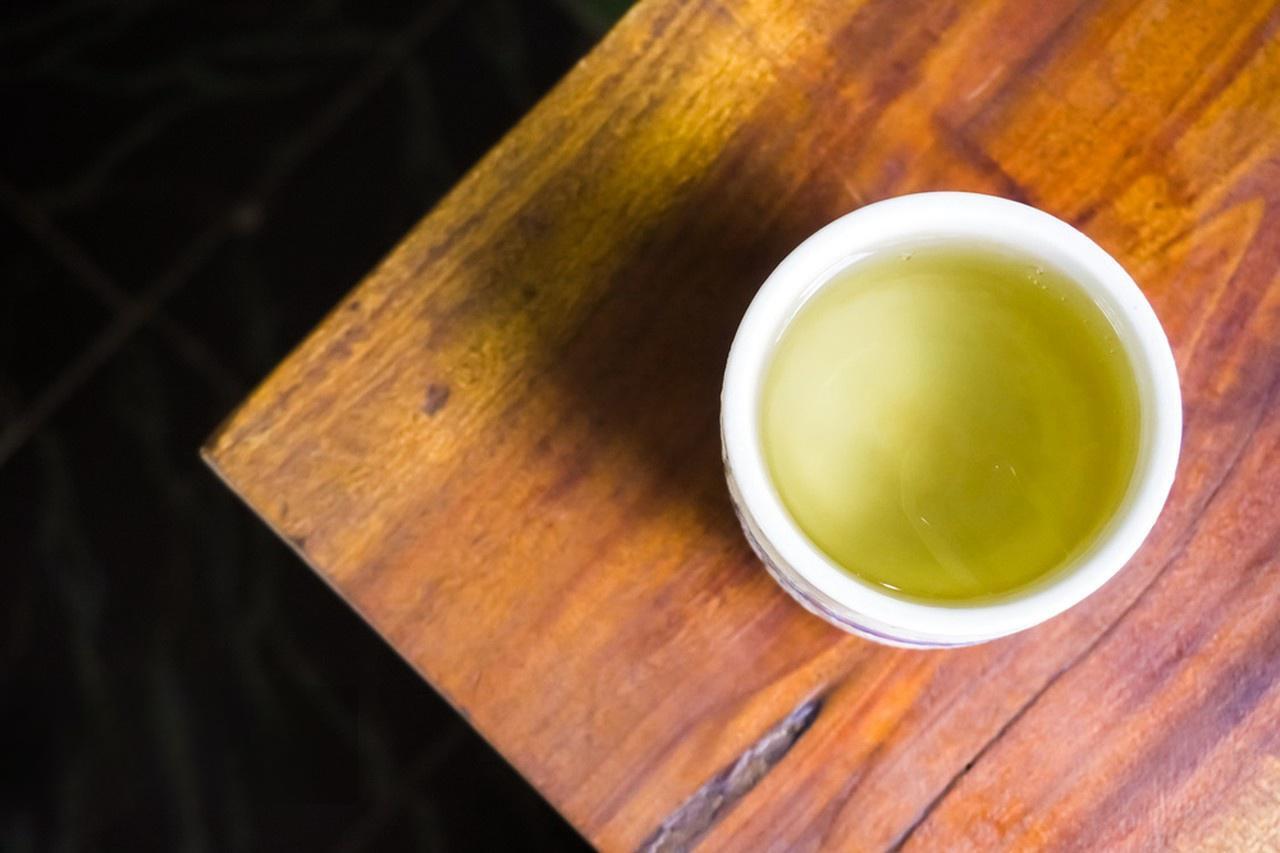
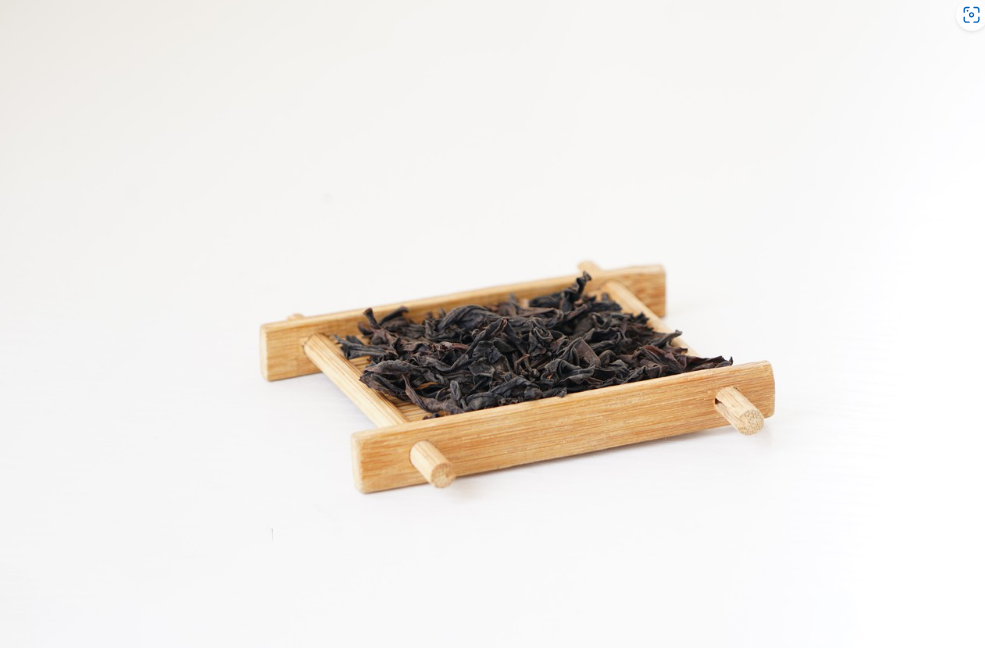
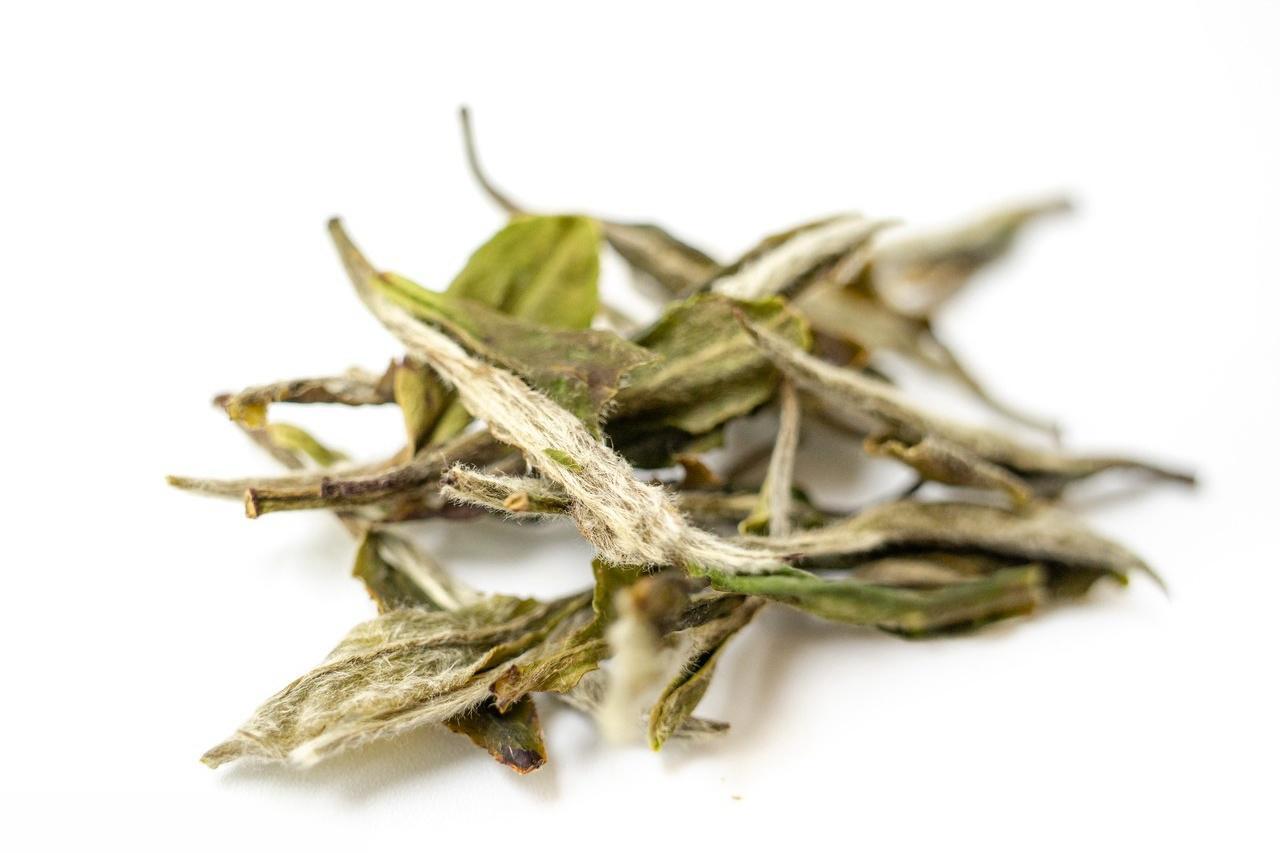
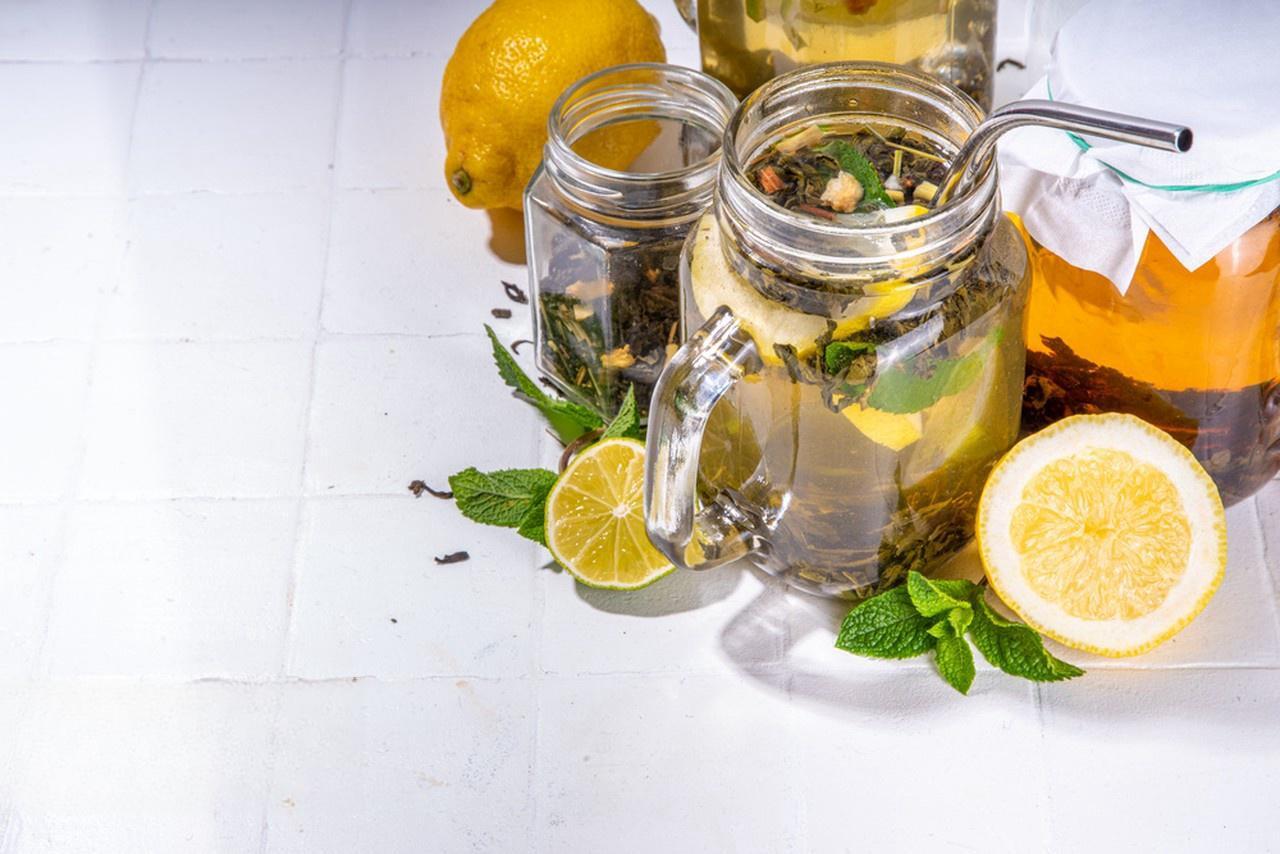
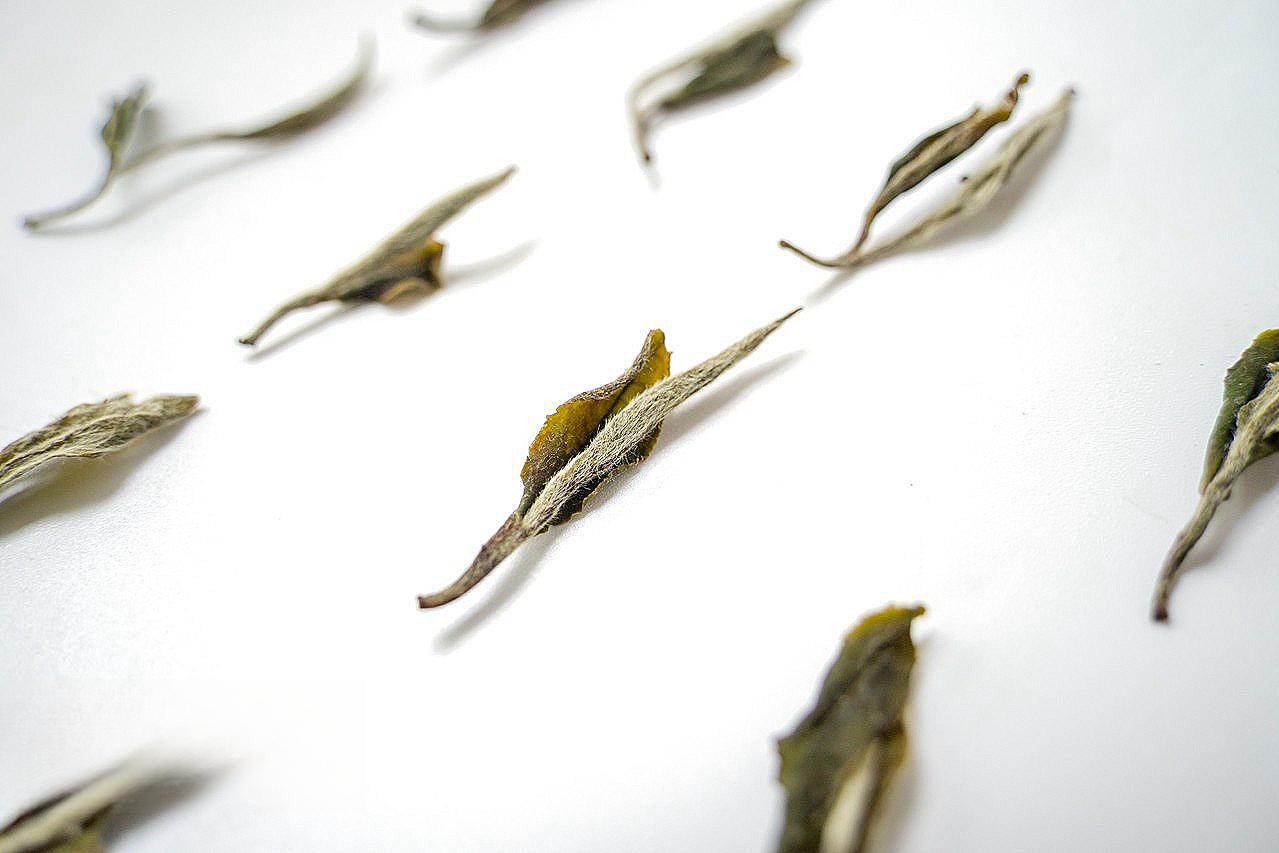
Leave a comment
All comments are moderated before being published.
This site is protected by hCaptcha and the hCaptcha Privacy Policy and Terms of Service apply.